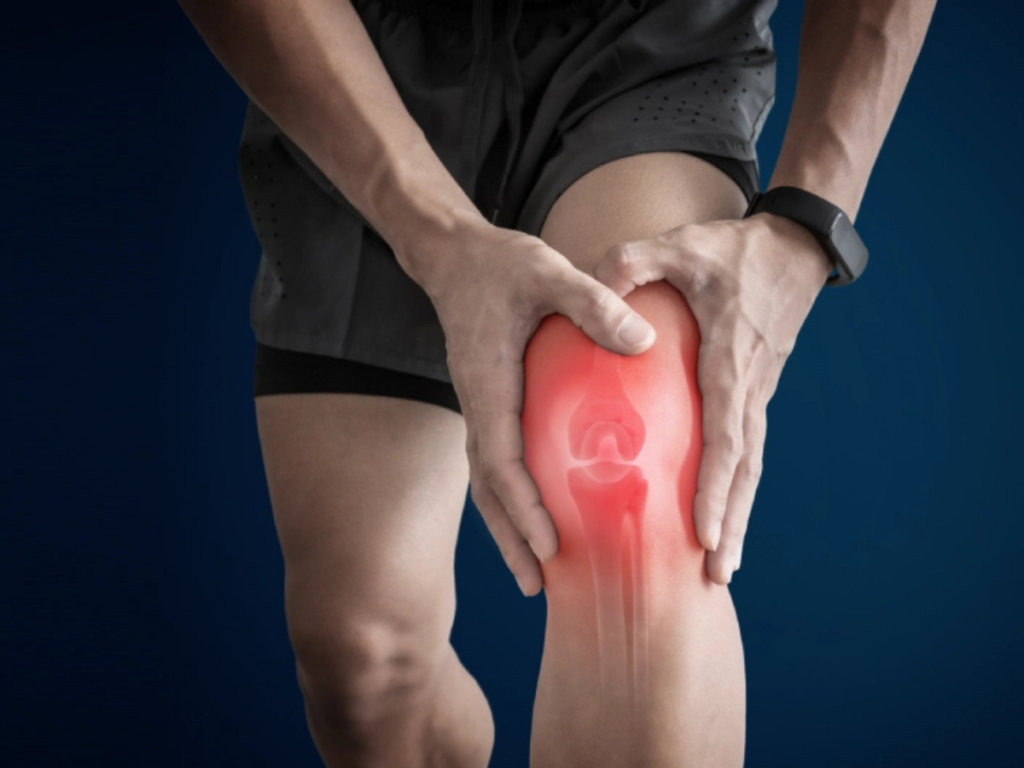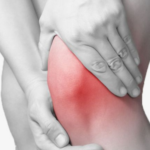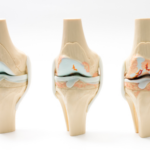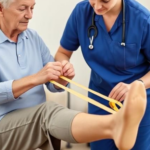
For many people, joint pain is a recurring issue, often triggered by weather changes. Whether it’s arthritis or another musculoskeletal condition, fluctuations in temperature, humidity, or atmospheric pressure can exacerbate symptoms. Understanding these connections and seeking expert care, like that provided by Dr. Saurabh Giri, Pune’s leading robotic knee replacement surgeon at Helios Orthojoint Clinic, can help manage pain effectively and maintain mobility.
How Weather Affects Joint Pain
The relationship between weather and joint pain is complex, but here are some key factors:
1. Temperature Changes
Cold weather is one of the most common triggers for joint pain. During winter, many people experience stiffness and discomfort in their joints. Here’s why:
- Reduced blood flow: Cold weather causes blood vessels to constrict, limiting blood supply to the joints. This can make them feel stiff and achy.
- Muscle stiffness: Cold temperatures naturally tighten muscles, increasing joint pressure and pain.
- Decreased movement: Inactivity during colder months can lead to joint stiffness and discomfort.
On the other hand, some people may experience joint pain during hot, humid conditions. Heat can aggravate inflammation, leading to swelling in already sensitive joints.
2. Atmospheric Pressure Changes
Fluctuations in atmospheric pressure, such as those before storms or cold fronts, can intensify joint pain. Lower pressure allows tissues around joints to expand, causing increased stiffness and discomfort in conditions like osteoarthritis or rheumatoid arthritis.
3. Humidity Levels
High humidity can increase joint swelling and stiffness, while low humidity can dry out tissues, worsening symptoms of rheumatoid arthritis.
4. Seasonal Changes
Winter often brings stiff joints and limited activity, while summer may cause swelling from heat or overexertion. Seasonal shifts can trigger flare-ups in people with arthritis or other joint-related conditions.
What You Can Do About Weather-Related Joint Pain
While weather changes are unavoidable, here are practical strategies to manage joint pain:
1. Stay Active, Even in Cold Weather
Regular movement is essential for joint health. Walking, yoga, and swimming are examples of low-impact exercises that help preserve strength and flexibility.
Tip: Dress warmly in layers, especially covering joints, and warm up before any activity to prevent strain.
2. Use Heat and Cold Therapy
- Cold therapy: Apply ice packs to reduce swelling and numb pain during acute flare-ups.
- Heat therapy: Use heating pads or warm baths to improve circulation and relax stiff joints.
3. Stay Hydrated
Proper hydration helps keep joints lubricated and reduces inflammation. Be sure to stay hydrated, particularly in hot and muggy weather.
4. Adopt an Anti-Inflammatory Diet
Focus on foods that reduce inflammation, such as fruits, vegetables, whole grains, and omega-3-rich sources like fish and nuts. Consider supplements like glucosamine or turmeric, but consult with a specialist before starting any new regimen.
5. Wear Supportive Footwear
To lessen the strain on your knees, hips, and lower back, choose shoes with adequate arch support and cushioning. Avoid high heels or ill-fitting footwear.
6. Protect Your Joints
Use braces, supports, or assistive devices to limit stress on vulnerable joints during daily activities.
7. Consult a Specialist
If weather-related joint pain persists or worsens, seek professional care. Dr. Saurabh Giri at Helios Orthojoint Clinic specializes in advanced orthopedic treatments, including robotic knee replacement surgery. His expertise in personalized care ensures effective solutions for joint pain, from physical therapy to minimally invasive procedures.
Summary
Weather changes can have a significant impact on joint pain, but with the right strategies, you can minimize discomfort and maintain mobility. Staying active, using heat and cold therapy, staying hydrated, and following an anti-inflammatory diet are essential steps. For persistent or severe joint pain, consult Dr. Saurabh Giri, Pune’s best robotic knee replacement surgeon, to receive expert diagnosis and personalized treatment.
Don’t let weather dictate your quality of life—take proactive steps to protect your joints and enjoy an active, pain-free lifestyle with the help of Helios Orthojoint Clinic.




